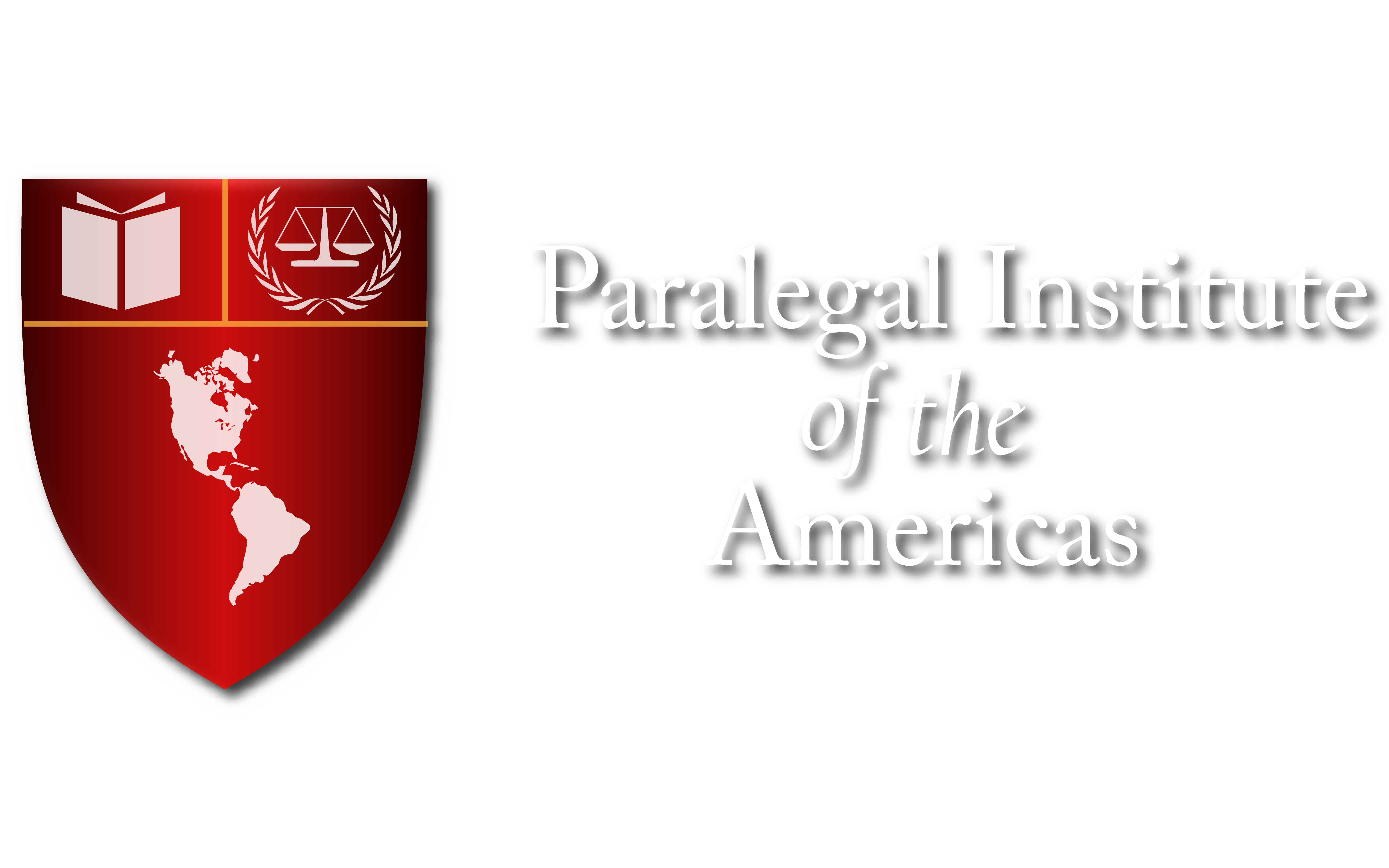
ICE Agreements with Local Police Increase Across the U.S.
U.S. Immigration and Customs Enforcement (ICE) has tripled its collaboration agreements with local law enforcement agencies in recent months, as part of a federal strategy to intensify immigration law enforcement across the United States. As of April 17, 2025, there were 456 active agreements under the 287(g) program, up from 139 in December 2024, according to official data from ICE’s website.
This program allows local law enforcement officers to take on immigration enforcement duties—a strategy strongly supported by President Donald Trump’s administration, which has announced a “major nationwide crackdown” on illegal immigration.
Also Read: “U.S. Supreme Court Halts Deportation of Detained Venezuelans“
What Is the 287(g) Program?
The 287(g) program is based on a provision of the 1996 Illegal Immigration Reform and Immigrant Responsibility Act, which authorizes ICE to enter into agreements with state and local agencies to delegate immigration enforcement duties. There are three types of partnership models:
- Jail Model: Allows officers to check the immigration status of individuals already in custody.
- Task Force Model: Authorizes officers to act as immigration agents during patrols and routine stops.
- Warrant Service Officer Model: Permits designated officers to execute federal immigration warrants.
In his second term, President Trump has prioritized reviving the task force model, which was discontinued by the Obama administration in 2012 following allegations of racial profiling and concerns over the abuse of power.
Florida Leads the Way
Florida has the highest number of active agreements. According to official reports, nearly half of all collaborations originate from this state. In February, the Florida Sheriffs Association confirmed that every county jail had signed on to the program in compliance with a state law passed in 2022. Even institutions such as universities and conservation commissions have applied to join the program.
Concerns and Consequences
Academic studies and investigations by the Department of Justice have shown that jurisdictions participating in 287(g) agreements tend to exhibit higher arrest rates of Latino individuals, particularly during traffic stops. Research in North and South Carolina, for instance, has highlighted the disproportionate use of immigration enforcement against this population.
Experts also warn that these agreements may erode trust between immigrant communities and local police, discouraging victims from reporting crimes and reducing access to public services like healthcare and education. Moreover, the program lacks federal funding, meaning operational costs fall on local governments.
Rapid Expansion
The federal administration has accelerated the onboarding process for the program, reducing training periods from four weeks to one, and is exploring legal protection mechanisms for participating officers. According to Tom Homan, currently overseeing border enforcement, the goal is to achieve maximum national coverage.
Despite its rapid growth, some states—such as California, New Jersey, and Illinois—have sanctuary laws that prohibit these types of agreements. However, sheriff’s offices in some cases have found ways to bypass local restrictions.
Conclusion
The expansion of the 287(g) agreements marks a significant shift in immigration enforcement policy in the U.S. With over 450 agreements now in place and growing, the program has become a central tool for the federal government to exert local-level immigration control. Nonetheless, its implementation continues to spark debate over its effectiveness, social impact, and the consequences for immigrant communities.
From: https://www.cbsnews.com/news/ice-partnerships-local-law-enforcement-trump-immigration/
For more information on these topics, visit Paralegal Clases’ social media pages and join our live sessions every Wednesday.
Instagram: @Paralegalclases
Facebook: Instituto Paralegal de las Américas
Youtube: Instituto Paralegal
Tiktok: @Paralegalnews



